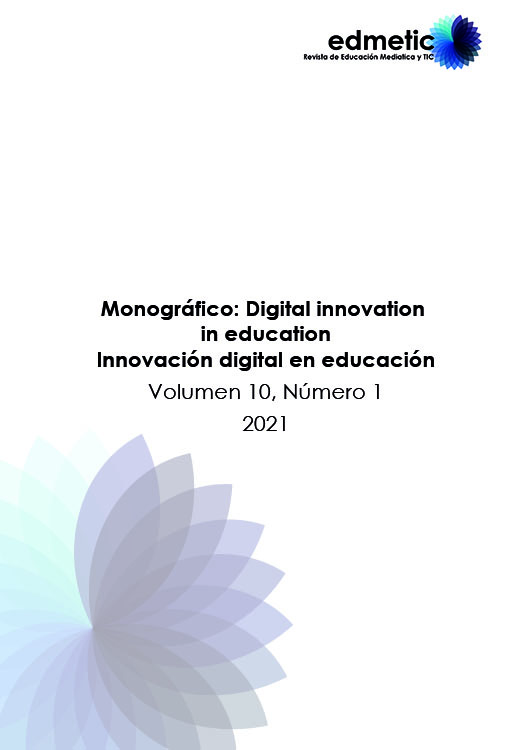Different abilities as represented in animated films aimed at children: an inclusive gaze
Main Article Content
Abstract
Cartoons show stories which starring characters have impact on children's audience, which can help to make disability visible and promote respect. The aim of this research is to analyse the representation of different abilities as shown in animation shorts aimed at children. The methodology used is qualitative and focused on the content study of ten short animated –between 2010-2020- which starring characters have physical or cognitive differences. The Inclusive-Toons instrument allowed analyzing them from three dimensions: technical-narrative, socio-educational and affective-emotional. The results show that most of them are in 3D, tell plausible stories without locution, using music to emphasize the message. The representation of disability is explicit when it is physical, and metaphorical when it is cognitive. The plot focuses on self-improvement if the disability is supervening, or on the need for integration if it is congenital. Male protagonists adopt roles conditioned by their limitations, while females who act more freely. Auxiliary characters are usually female and look for strategies to resolve conflicts. Undoubtedly, these stories become socio-cognitive learning platforms that, in a diverse society, offer the opportunity to develop an inclusive gaze.
Downloads
Download data is not yet available.
Article Details
How to Cite
del Moral Pérez, M. E., & López-Bouzas, N. . (2021). Different abilities as represented in animated films aimed at children: an inclusive gaze. EDMETIC, 10(1), 20–39. https://doi.org/10.21071/edmetic.v10i1.12851
Section
Monográfico
TRANSFER RIGHTS AND COMMITMENTS TO EDMETIC, REVISTA DE EDUCACIÓN MEDIÁTICA Y TIC
E-ISSN: 2254-0059
The undersigned author(s) of article entitled:
- Transfer to EDMETIC, Revista de Educación Mediática y TIC publishing rights of the article mention before. The magazine will have the right to publish in any format or media this article.
- The author(s) claim that this article is original and which has not been published before in any format and wasn´t submitted for evaluation to another publication.
- The author(s) claim that this article has the copyright´s permissions for publication
- The author(s) accept the changes to the contents on the review, and changes in the style of the manuscript by the Editorial Board of EDMETIC, Revista Educación Mediática y TIC.
- The author(s) declare that they have complied with the ethical principles of research.
- The author(s) not be subject to personal or business association that involves a conflict of interest with article presented
- El author(s) undertakes to give the primary sources of information, if requested.
Date:
Author(s) names and signatures (1):
(1) Fill the form and send to: revistaedmetic@uco.es
